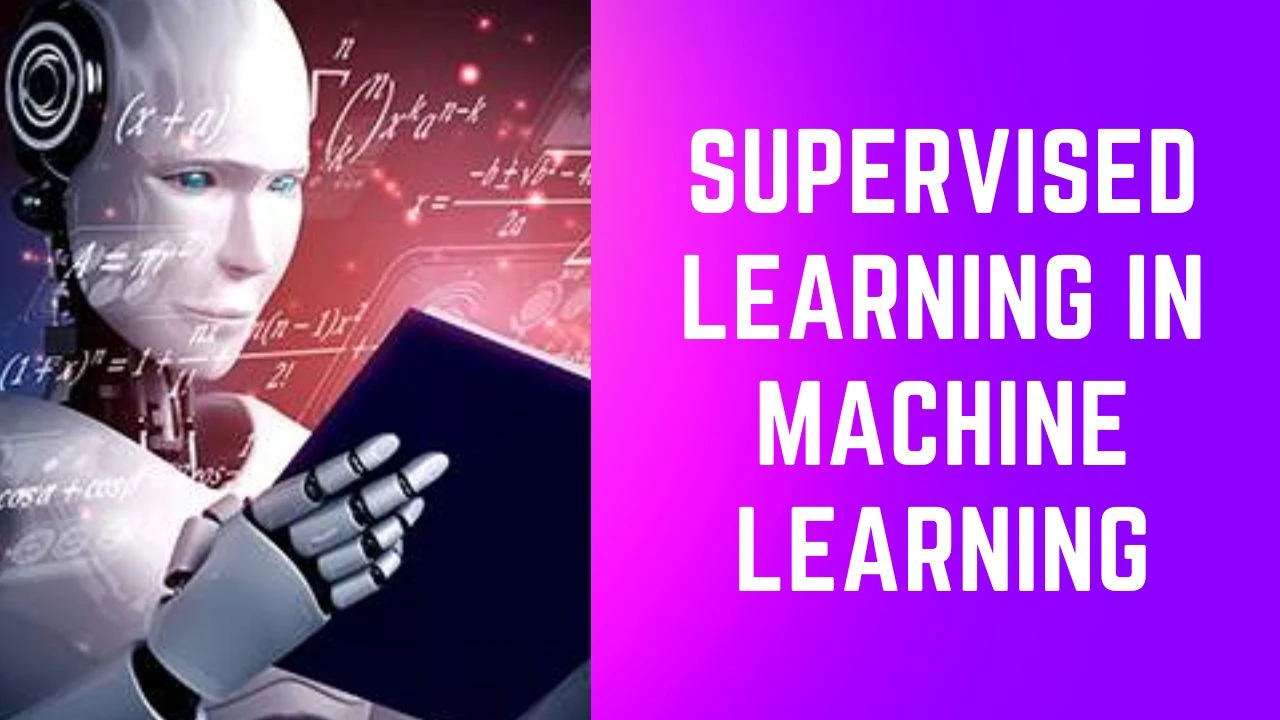This post will help you to understand about Supervised Learning in Machine Learning.
If you are interested in learning, Request you to go through the below recommended tutorial.
DevOps Full Course Tutorial for Beginners - DevOps Free Training Online
Docker Full Course Tutorial for Beginners - Docker Free Training Online
Kubernetes Full Course Tutorial for Beginners - Kubernetes Free Training Online
Ansible Full Course Tutorial for Beginners - Ansible Free Training Online
Openstack Full Course Tutorial for Beginners - Openstack Free Training Online
Supervised Learning in Machine Learning: A Comprehensive Guide
Supervised learning is one of the most widely used and fundamental approaches in machine learning. In supervised learning, the algorithm is trained on labeled data, meaning that the correct output is provided for every input, and the algorithm's goal is to learn to predict the correct output for new inputs. In this guide, we'll cover the basics of supervised learning and how it works, key concepts and techniques, and some real-world applications.
What is Supervised Learning?
Supervised learning is a type of machine learning that deals with training algorithms on labeled data. The main objective of supervised learning is to generalize from the input-output pairs in the training data to predict the output for new inputs. The training data consists of a set of input-output pairs, where the algorithm tries to learn the mapping function that transforms inputs to outputs. The learned function can then be used to predict the output for new inputs that have not been seen in the training data.
How does Supervised Learning work?
The basic idea behind supervised learning is to learn a mapping function that transforms inputs to outputs by minimizing the difference between the predicted outputs and the actual outputs. This mapping function is represented by a model, which can be a simple mathematical equation or a complex neural network. The model is trained on the training data, and its parameters are adjusted during the training process so that the model can learn to make accurate predictions for the outputs.
Once the training process is complete, the model can be used to predict the output for new inputs. This prediction process involves passing the new inputs through the model, which returns the predicted output. The accuracy of the model can be evaluated by comparing the predicted outputs with the actual outputs for a set of test data. If the model performs well on the test data, it can be used to make predictions for new inputs in the future.
Key Concepts and Techniques
Supervised learning is based on several key concepts and techniques, including regression and classification, loss functions, and evaluation metrics.
Regression and Classification:
Supervised learning can be divided into two main categories, regression and classification. Regression is used when the output is a continuous value, such as the price of a stock or the height of a person. In contrast, classification is used when the output is a categorical value, such as a binary classification (yes or no) or multi-class classification (dog, cat, horse).
Loss Functions:
A loss function is used to evaluate how well the model is making predictions. The loss function measures the difference between the predicted outputs and the actual outputs. The goal is to minimize the loss function, which means that the model is making accurate predictions.
Evaluation Metrics:
Evaluation metrics are used to quantify the performance of the model. Common evaluation metrics include accuracy, precision, recall, F1 score, and ROC AUC.
Real-World Applications of Supervised Learning
Supervised learning has a wide range of real-world applications, including image classification, speech recognition, natural language processing, and predictive modeling.
Image Classification:
Image classification is a common application of supervised learning, where the goal is to classify images into different categories, such as dogs, cats, and horses. Convolutional neural networks (CNNs) are commonly used for image classification, as they are well-suited for processing image data.
Speech Recognition:
Speech recognition is another application of supervised learning, where the goal is to transcribe speech into text. The input is an audio signal, and the output is a text transcription. Deep neural networks (DNNs) are commonly used for speech recognition, as they can learn to extract features from the audio signal that are relevant for transcription.
Natural Language Processing:
Natural language processing (NLP) is a field that deals with processing and understanding human language. Supervised learning is widely used in NLP, such as in sentiment analysis, where the goal is to classify text into positive, negative, or neutral sentiment.
Predictive Modeling:
Predictive modeling is a type of supervised learning where the goal is to predict a future outcome based on past data. This can be used in various fields such as finance, medicine, and marketing, to make predictions such as stock prices, patient outcomes, and customer behavior.
Conclusion
Supervised learning is a fundamental and widely used approach in machine learning that trains algorithms on labeled data to make predictions for new inputs. It involves several key concepts and techniques, including regression and classification, loss functions, and evaluation metrics, and has a wide range of real-world applications, such as image classification, speech recognition, NLP, and predictive modeling. Understanding the basics of supervised learning is essential for anyone interested in working with machine learning.
That’s it for this post, Hope you have got an idea about Supervised Learning in Machine Learning.








0 Comments